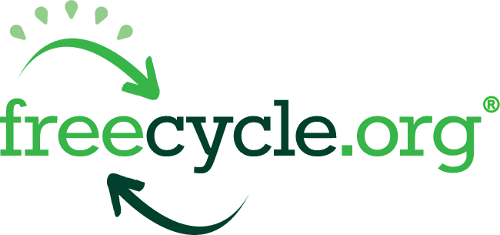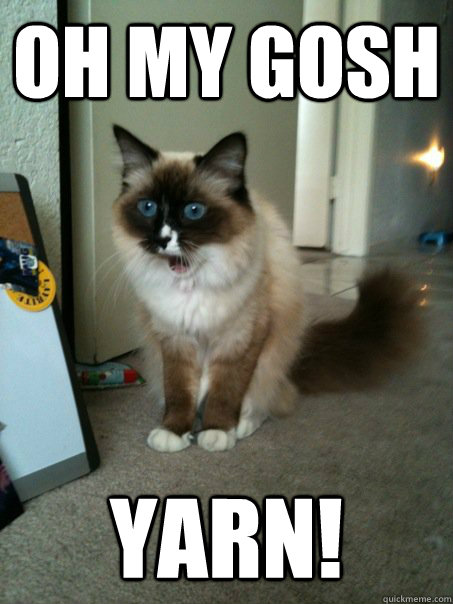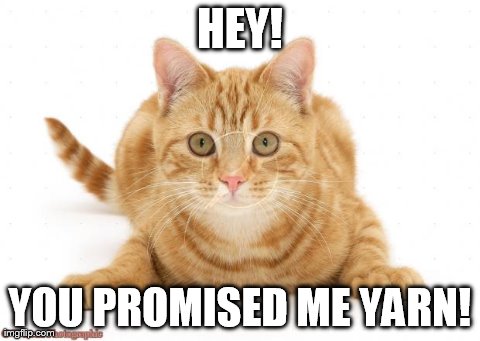Imagine life without the internet. This may not be all that hard for everyone, as there are many people who grew up without the internet and managed quite well. So now, try to imagine life without television. A little worse, right? But many people are not fans of sitting in front of the TV, so having so television may seem perfectly bearable as well. Now for the hardest part: imagine life without either of the aforementioned things, and now without radio, either.You come home after a long day at work, and are greeted by silence. Complete and utter silence. Even if you do like to read, you have to admit that a life without any kind of broadcasting whatsoever. And that’s what life was like just one hundred years ago. I think by now we can all agree that all forms of broadcasting have contributed to making our lives happier and more interesting, and have provided plenty of entertainment on cold dark nights that would have otherwise been spent, well, sleeping. Public Radio Broadcasting Day is a day dedicated to appreciating technology and how much it has improved our lives.
The first public radio broadcast in history took place on January 13, 1910, when a live opera featuring some of the most renowned opera singers of the day was broadcast from the Metropolitan Opera House. This first-ever broadcast was several hours long and consisted of Pietro Mascagni’s Cavalleria Rusticanaand Ruggero Leoncavallo’s Pagliacci, two very popular opera at the time, performed by such opera stars as Emmy Destin, Riccardo Martin and Enrico Caruso. Not many people were able to actually pick up the broadcast, which was heard only in the De Forest Radio Laboratory, on board ships in New York Harbor, and in large hotels on Times Square. Several public receivers had also been set up in various locations around New York City so the public could listen to the music as well. The furthest the music was reported heard was on a ship about 20 kilometers away from the city. Even though the experiment was considered largely unsuccessful due to the poor quality of all of the devices used, and the amount of static and “homeless song waves”, as the New York Times later put it, the fact remains that that was the very first public radio broadcast in human history, and one that changed the entertainment industry forever.
A great way to celebrate his holiday would be to pay homage to those who have been responsible for the development of broadcasting technologies over the past hundred years. Listening to the radio drama play called “War of the Worlds” that caused panic all over America when the audience unexpectedly believed the alien invasion described in the play to be real, would be the perfect way to understand just how much radio broadcasting changed the world, and just how unprepared the world was for such an invention. “Up Close and Personal” has long since been a favorite movie about broadcasting, as has Bridget Jones’ Diary, though both have little to do with the actual history of the industry, and more to do with watching people fall in love against the backdrop of broadcasting media. Not that there’s anything wrong with watching that.

Word of the Day
| |||
| Definition: | (noun) A fence made of upright pickets. | ||
| Synonyms: | picket fence | ||
| Usage: | Between it and Judge Driscoll's house there was only a grassy yard, with a paling fence dividing the properties in the middle. | ||

Idiom of the Day
hold (one's) water— To be calm or patient; to stop making pressing demands, requests, or solicitations. |

History
First Successful Escape from an Aircraft Using the Ejection Seat (1942) | ||
| Ejection seats are used in aircraft to quickly propel occupants out in an emergency. Today, they are fired by an explosive charge, but the first ejection seats were powered by compressed air. One of the first aircrafts to be fitted with such a system was the German Heinkel He 280 prototype jet fighter. While testing the He 280 during WWII, pilot Helmut Schenk became the first person to use an ejection seat to make an emergency escape from an aircraft. |
Antoinette Bourignon (1616)
| Bourignon was a Flemish Christian mystic. After spending a short time in a convent and as head of an orphanage, she gathered a fanatical following at Amsterdam, believing herself divinely directed to restore the pure spirit of the Gospel. Moving from place to place, she took her printing press with her and disseminated her teachings. Her mystical ideas found particular favor in Scotland, where Bourignianism was declared a heresy. |
Death of George Fox
| George Fox (1624-1691) was the founder of the Society of Friends, or Quakers, which he organized in 1650 to protest the overly formal religion of his time. Fox believed that creeds and scriptures were unimportant in religion; all that really counted was the divine light of Christ as it manifested itself in all people. Church was merely a gathering of friends who were guided by the Inner Light and who were thus able to provide guidance for each other. Quakers all over the world observe the anniversary of their founder's death in their meetinghouses. |
A Rare Disease Gave Him Tree Branch-Like Hands. After 16 Surgeries, He Can Finally See His Fingers.
When the warts first appeared in his teens, speckling his hands and feet, Abul Bajandar wasn't concerned. |
1794 - U.S. President Washington approved a measure adding two stars and two stripes to the American flag, following the admission of Vermont and Kentucky to the union.
1854 - Anthony Faas of Philadelphia, PA, was granted the first U.S. patent for the accordion. He made improvements to the keyboard and enhanced the sound.
1906 - Hugh Gernsback, of the Electro Importing Company, advertised radio receivers for sale for the price of just $7.50 in "Scientific American" magazine.
1928 - Ernst F. W. Alexanderson gave the first public demonstration of television.
1966 - Elizabeth Montgomery’s character, Samantha, on "Bewitched," had a baby. The baby's name was Tabitha.
1966 - Robert C. Weaver became the first black Cabinet member when he was appointed Secretary of Housing and Urban Development by U.S. President Johnson.
1990 - L. Douglas Wilder of Virginia, the nation's first elected black governor, took the oath of office in Richmond.
1997 - Debbie Reynolds received a star on the Hollywood Walk of Fame.
1998 - One of the 110 missing episodes of the British TV show "Doctor Who" was found in New Zealand.
1999 - Michael Jordan (Chicago Bulls) announced his retirement from the NBA.

DAILY SQU-EEK


1. LECTURE ON THE STARS
Eric Mamajet, NASA Exoplanet Exploration Program
Pasadena City College, Pasadena, California
January 13, 2017, 7 p.m.
Free admission
Pasadena City College, Pasadena, California
January 13, 2017, 7 p.m.
Free admission
2. one of my favorite sites on the internet is freecycle.org.

freecycle.org is a FREE website you sign up with in the community nearest you. its efforts are all to connect people looking to get rid of all types of things (appliances, furniture, toys, books, bric a brac, etc), with people who need certain items. this international organization keeps belongings out of landfills and puts it in the hands of those who truly need or want the items you no longer want to keep!
there are only two things to do when it comes to freecycle .. put out emails to the group that
either OFFER or WANT things. then it's between you two to make arrangements for pick up. after that, i always send a thank you note so everyone knows the item is no longer being offered.
3. Fellow reader, Sharon M., has a great blog. it just proves, again and again, that the internet is a wonderful adventure.


Pictures of the day

View from the Artist's Window is a painting from 1825 by the Danish Romantic landscape and architecture painter Martinus Rørbye. The painting is considered a highlight of Danish Golden Age art; it incorporates themes and symbols that resonated with its audience. It is presently held in the Statens Museum for Kunst in Copenhagen.
Why Make a Snowman When You Can Build a BB-8!

Here’s a new take on the traditional snowman—the BB-8 droid from Star Wars!
Dad built this awesome snow droid with his daughter.

knit

knit

knit


crochet

crochet - vintage
crochet

crochet
crochet
thanks, ellen


thanks, shelley


CROCKPOT RECIPE




ADULT COLORING

thanks for the next few funnies, jane

CRAFTS


CHILDREN'S CORNER ... coloring
PUZZLE
QUOTE




EYE OPENER










And don't forget Aaron Sorkin's Newsroom! Would write more but need to drink in my MORNING EDITION--thank you NPR!
ReplyDelete